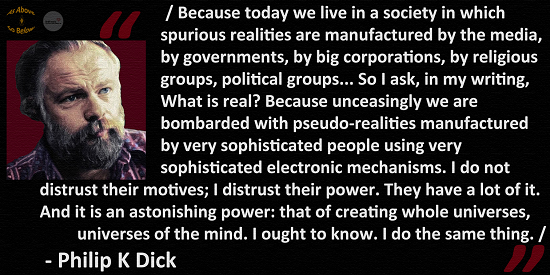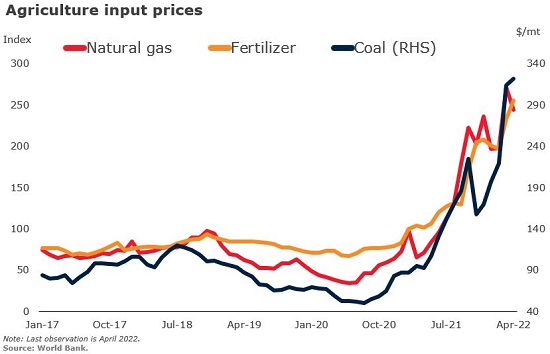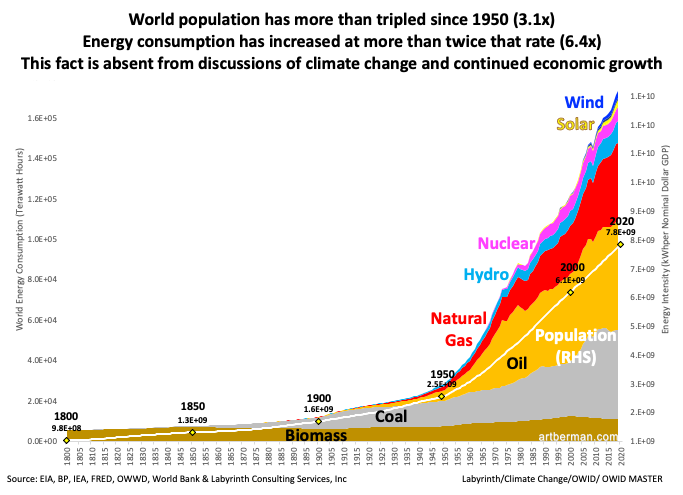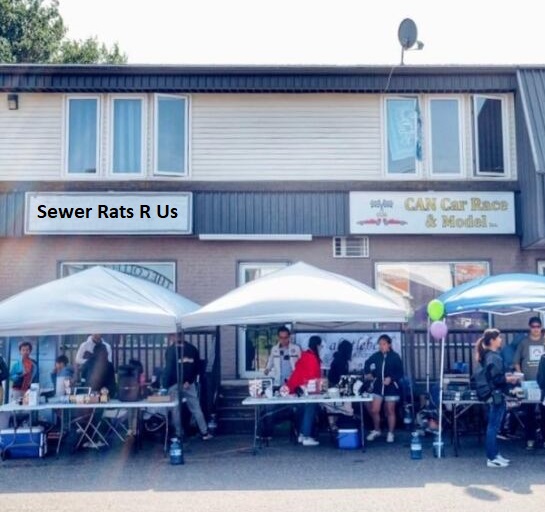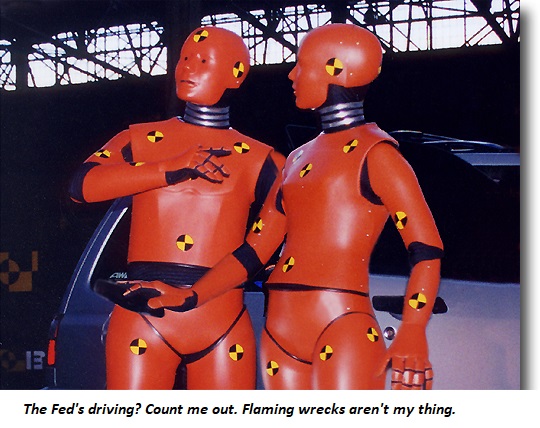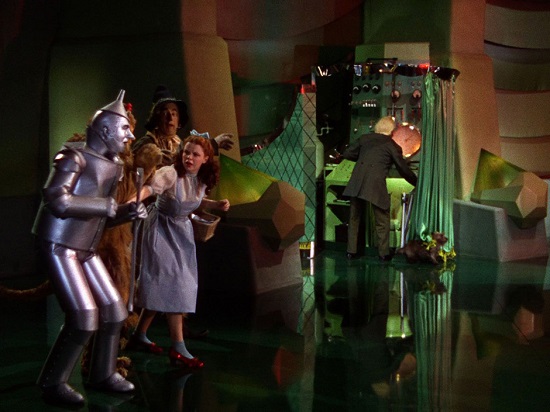So-called "cosmetic work" can cost tens of thousands of dollars.
Now that housing is finally rolling over due to rising mortgage rates and bubble valuations, many of those who have been priced out
of the market are hoping to take advantage of lower prices. In many cases, the most affordable segment is
fixer-uppers, homes that are distressed for any number of reasons: a lack of maintenance; construction or
drainage deficiencies; obsolete or defective foundations, water or termite damage, etc.
Longtime correspondent Daniel C. is familiar with my building experience, and so he asked a question that will benefit
many potential homebuyers: "What advice would you give to someone with next to no homebuilding skills,
but willing to learn, regarding getting into a fixer-upper?"
My answer is not gender-specific: for example, my wife is a much better plumber than I am. Together we've
poured concrete, did a tear-off of multiple layers of comp roofing shingles down to the sheathing, repaired the sheathing
and installed a new roof, completely rehabbed dozens of double-hung windows (new sash, window putty, repairing dryrot, etc.)
in which she did the bulk of the work, and so on, in a very long list of renovation / rehab / new construction projects.
Anyone can learn these skills and will benefit from learning as much as possible about how buildings are constructed,
upgraded / repaired and maintained.
That said, being able to make an accurate assessment of the risks and costs embedded in a fixer-upper is an entirely
different level of experience and skill--especially if the fixer "looks okay and just needs cosmetic work."
Here is my response to Daniel and everyone else who is considering bidding on a fixer-upper.
That's a tough question because there's a lot to know before you can make an informed assessment and decision.
When I was younger, my partner and I built close to 100 houses in five years, from modest starter homes to pricey
custom homes, commercial buildings and a 42-unit subdivision. Before that, I worked my way through college
working for a contractor who did renovations, additions and luxury homes. I am still learning.
If I had to summarize a complex process, I would start with these points:
1. Many things can't be fixed or can only be fixed at horrendous expense. Avoid buying any home / property with
problems that can't be fixed. These include (but are not limited to) poor drainage / flooding, soil settlement,
bad neighbors, poor location, noise from freeways, railways, etc., deficiencies in construction, defective foundations,
water and termite damage in the framing, poor floor plan and obsolete systems (heating, electrical, plumbing, etc.).
2. So-called "cosmetic work" can cost tens of thousands of dollars. It's widely assumed "anyone can paint
a house." This is true if we mean paint a house badly, i.e. spray a thin coat of cheap paint without preparing
the surface by removing all the loose paint, filling all the defects, sanding the surface, applying a good-quality primer
and then applying a good coat of good-quality paint appropriate to the weather, sun exposure, etc.
The rule of thumb is 90/10: 90% of the work is preparing the surface professionally, 10% is applying the paint.
Not many amateurs have the time, equipment and experience to do this job properly on an entire interior and exterior
of a house.
The prep work is when you discover all sorts of problems that were hidden behind the flaking paint: dry-rot and termite
damage, water leaks, etc. If you can peel the paint off with your fingernail--which is what happens when somebody
slapped paint over an unprepared semi-gloss surface--that inept paint job will only make the prep more time-consuming.
If there is lead-based paint that has to be removed due to decay, weathering, etc., that's another issue entirely,
and a costly one to remediate.
Paint and labor are both expensive. A quality paint job for a house that hasn't been properly maintained might
cost $25,000, and more for a larger house or one with major maintenance issues that must be repaired.
Toss in refinishing hardwood floors (another job best left to pros), a new roof (it looked okay from the outside
but look in the attic and oops, see all those leaks?), new appliances, new flooring, and so on--all "cosmetic,"
not structural--and the total cost might be $50,000 to $100,000, depending on what's discovered as work progresses.
For buyers who scraped up every dime just to buy the place, the cost of this "cosmetic" work is a deal-breaker.
In other words, "cosmetic" doesn't necessarily mean "cheap" or "we can do it ourselves."
3. If you are serious about a house, I would find an experienced house inspector who would agree to do the
inspection with you present so they can point out what they're looking for and the systems that are OK and those
that aren't.
An experienced inspector will be looking at the fundamentals: drainage (water must flow naturally away
from the house) , foundation / soil (settling due to poor compaction, etc.) roof (leaks), water-dryrot /termite damage,
defective construction and obsolete plumbing/electrical/heating / insulation, etc..
Before you get that far, you can do a useful bit of investigation yourself in the initial walk-through.
I bring a 4-foot level, a ladder and a good flashlight whenever I look at a house, which we occasionally do out
of curiosity because we like the location or the design of the house.
The level tells me if the floor is basically level or not, the ladder and flashlight is to look in the attic
to identify leaks, quality of construction, vents, insulation, etc., look under sinks for signs of leaks,
and if there's a crawlspace, crawl under
the house and look for termites, settling, quality of construction, etc.
Realtors are typically surprised when I show up with a 4-ft ladder and the level. They're not used to seeing anyone
who looks beyond the superficial. The look and feel of a home is important, but that won't yield an assessment of
defects, costs and whether the investment needed to restore the house will actually increase the value above and
beyond what you're paying.
4. Research the history of the property in city/county records. Building permits are public records, and it's
useful to find out if whatever major work was done to the house was properly permitted or not. Unpermitted
structural, electrical, plumbing, roofing, etc. work opens costly cans of worms, as work that's not up to code can be
dangerous (improper venting, etc.) and opens the door to legal issues when you try to sell the house.
Ideally, previous owners hired professionals who obtained permits. That's what you want to see--evidence the renovation
/ repair work was done correctly by a licensed professional, or if done by an amateur, that the work was properly
inspected and approved.
There is a lot to know, and I'm not sure how best to learn enough to be consequential. I'm not sure there are any shortcuts.
Even with all my experience, I still consult with professionals on issues I don't have enough experience to assess.
The big mistakes are made by not seeing
fundamental issues with the items listed above--the "bones" and location of the house having problems that can't be
fixed or only at horrendous expense. The other is to not look at the neighbors and traffic at various times,
so you have to visit at rush hour and late at night.
A lot of older homes have better quality wood, stucco, etc., as the materials were often higher quality,
but they tend to have obsolete / worn out plumbing, electrical, flooring, heating, etc., plus deferred maintenance
which allowed small problems to become big problems.
In terms of future valuation, the location is paramount. My biggest mistake when I was in my 20s was not scraping
up more money to afford a lot on the "good side" of town where valuations will increase much more reliably
because of the enduring value of proximity to schools, shopping, etc., views, leafy tree-lined streets, etc.
The other essentials are the floor plan, orientation to wind and sun, proximity of neighbors and size of the lot.
You can't change any of that. A poor floor plan can only be changed with a gut-and-rebuild, which is as expensive
as building a new house (or even more expensive due to the predictable emergence of "surprises.")
What can you live with and what can't you live with? Some things you might think you can live with but actually
you can't, and you will regret buying the place.
I would caution against over-estimating how much work you can do yourselves. Even apparently simple jobs like repainting
wood kitchen cabinets can take a stupidly huge amount of time if the work is done right. Even with 49 years'
experience, I am still prone to under-estimating the time it will take to do difficult projects--and many projects
are incredibly difficult, tedious and challenging.
Here's an example. The entry to a lower-floor in-law unit flooded when it rained heavily. There was a drain in the
concrete so I figured the drain pipe had corroded and needed to be replaced. After digging down in tight quarters due to
retaining walls and live rock, I found the pipe extended out about a foot and ended. It had never been a proper
drain. So we had to laboriously chisel out live rock to lay a drain line that actually functioned.
"New" doesn't mean it doesn't have deal-breaking issues. A friend of mine bought a relatively new house (less than 10 years old)
house that had such severe termite damage to the structure that he tore it down and built a new house on the lot.
(He knew about the damage and basically paid for the lot, not the house.)
Patience is a virtue here. Wait for the right property but be ready to jump when
it appears. The more properties you visit and investigate, the better your knowledge base.
Once you have a substantial knowledge of the market and what's available, first impressions and instincts are useful.
I liked the house we bought as soon as I walked the property and walked around inside. Functional floor plan,
good orientation to sun and wind, good-sized lot, neighbors not too close, good drainage, pleasant views,
good location in town, solid foundation and roof, quality construction, previous owners did a good job with upgrades
by hiring professionals for both cosmetic and electrical/plumbing work, mature fruit trees--sold!
Not everything had been fixed, of course. The house is 65 years old. The wood windows were painted shut, sash cords
broken, etc. The yard had massive deferred maintenance and ill-suited landscaping. This didn't mean there wasn't
backbreaking work to be done, but these improvements / repairs could be
done over time and were within our skillsets and budget.
It took about four years of looking at dozens of inferior / defective properties before this came on the market.
It was worth the wait. We weren't looking for an "investment" to flip, we were looking for a place where we'd be
happy.
Here's another reason to be patient: bubble symmetry. Asset bubbles tend to take roughly the same time
to deflate and they took to inflate. The recent run-up in housing valuations was extremely steep, and so we
can anticipate the possibility that the decline will be similarly steep.
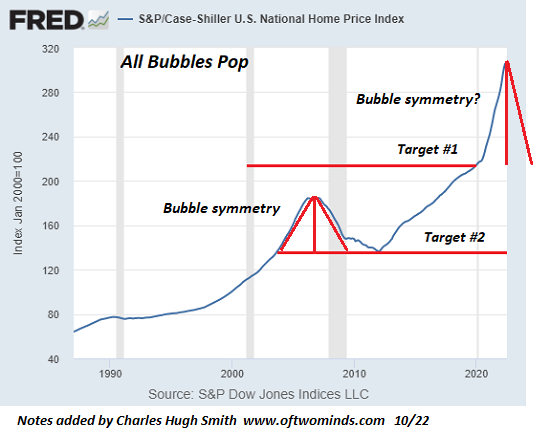
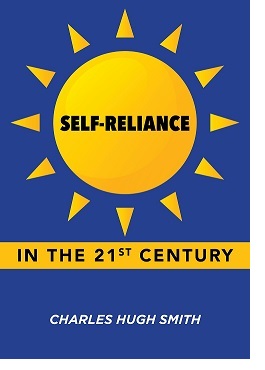 My new book is now available at a 10% discount ($8.95 ebook, $18 print):
Self-Reliance in the 21st Century.
My new book is now available at a 10% discount ($8.95 ebook, $18 print):
Self-Reliance in the 21st Century.
Read the first chapter for free (PDF)
Read excerpts of all three chapters
Podcast with Richard Bonugli: Self Reliance in the 21st Century (43 min)
My recent books:
The Asian Heroine Who Seduced Me
(Novel) print $10.95,
Kindle $6.95
Read an excerpt for free (PDF)
When You Can't Go On: Burnout, Reckoning and Renewal
$18 print, $8.95 Kindle ebook;
audiobook
Read the first section for free (PDF)
Global Crisis, National Renewal: A (Revolutionary) Grand Strategy for the United States
(Kindle $9.95, print $24, audiobook)
Read Chapter One for free (PDF).
A Hacker's Teleology: Sharing the Wealth of Our Shrinking Planet
(Kindle $8.95, print $20,
audiobook $17.46)
Read the first section for free (PDF).
Will You Be Richer or Poorer?: Profit, Power, and AI in a Traumatized World
(Kindle $5, print $10, audiobook)
Read the first section for free (PDF).
The Adventures of the Consulting Philosopher: The Disappearance of Drake (Novel)
$4.95 Kindle, $10.95 print);
read the first chapters
for free (PDF)
Money and Work Unchained $6.95 Kindle, $15 print)
Read the first section for free
Become
a $1/month patron of my work via patreon.com.
NOTE: Contributions/subscriptions are acknowledged in the order received. Your name and email
remain confidential and will not be given to any other individual, company or agency.
|
Thank you, Crochead ($100), for your outrageously generous contribution
to this site -- I am greatly honored by your steadfast support and readership.
|
|
Thank you, Brian M. ($10), for yet another wondrously generous contribution
to this site -- I am greatly honored by your steadfast support and readership.
|
Read more...
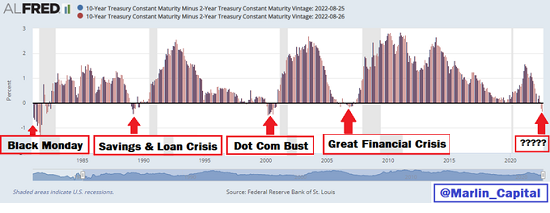
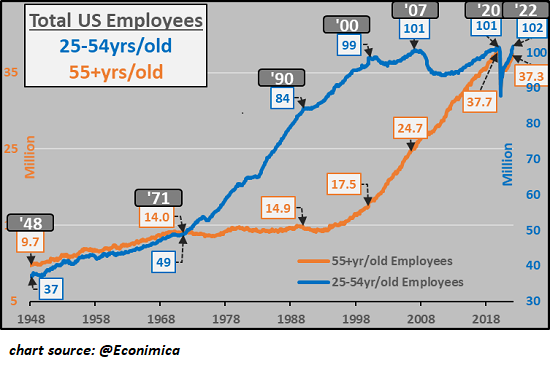
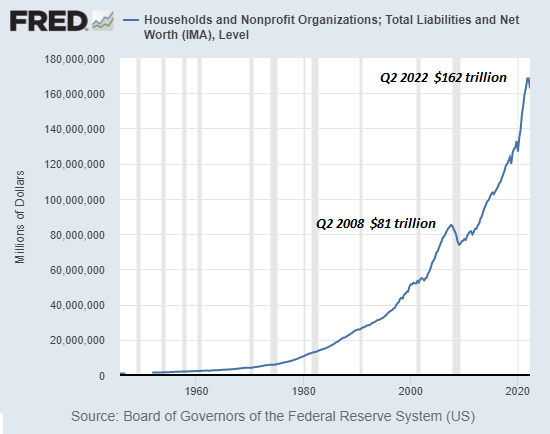
 My new book is now available at a 10% discount ($8.95 ebook, $18 print):
Self-Reliance in the 21st Century.
My new book is now available at a 10% discount ($8.95 ebook, $18 print):
Self-Reliance in the 21st Century.


















